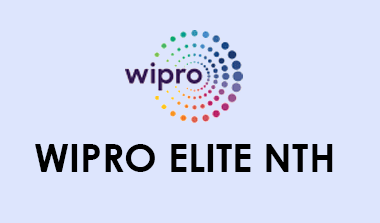
Coding:-
1. Series program
2. Count the number of words.
3. Find the largest palindromic substring
2. Count the number of words.
3. Find the largest palindromic substring
4. Write a program to find 2 characters which if you remove the string will be a palindrome. (they can ask to remove 1 character also)
5. Any other string and matrix-related coding questions.
DSA:-
DSA:-
1. Sorting - Bubble, Insertion, Selection, Quick and Marge
2. Which one best sorting according to you? Explain the approach.
3. All about a linked list and its Implementation.
4. Binary Search and its Implementation.
C Language:-
1. Calloc vs malloc
2. Structure vs Union
3. What is dynamic memory?
4. Pointer in C.
5. Dangling Pointer
Java:-
1. Abstraction, Inheritance, Encapsulation, Polymorphism, and Interface-related Questions
2. How can you create the no of objects that have been created in a class?
3. Basic constructor questions
4. What is a singleton class, how to create one
5. Concept of static, final, overloading, overriding, dynamic method dispatch, access specifier
6. Immutability of string, intern method
7. Real-life example of class, inheritance, circular queue
8. OOP vs POP
9. When we don't define any constructor of a class, what will be the values of the member of the object created.
10. What is the highest decimal no that can be stored in a 1byte memory?
11. Can a base class be more restricted than a superclass
12. Encapsulation vs data hiding.
13. Concept of collection framework.
14. Difference between list and map
15. Why multiple inheritance is not possible in java?
16. What are upcasting and downcasting?
17. Static variable, local variable
18. Class, object with example
19. How to count the number of objects created in the code?
DBMS:-
1. What is indexing? Types of indexing
2. Normalisation?
3. Detect in which normalized form the table is? ( The table was given)
4. Join concepts (left outer, right outer, full outer, inner, etc.)
5. Difference between having and where
6. Aggregate function
7. Basic query-related questions.
8. Difference between alter, drop, truncate
9. ACID property of DBMS
10. Three-tier architecture of DBMS
11. Types of schema
12. Advantage of DBMS over the file system.
13. What is de-normalisation?
14. Types of SQL command
15. What is data independence
16. What is transaction data, master data
17. What is RDBMS?
18. Are you used RDBMS? Which one?


![How to Activate Windows 10 Without Product Keys? [SOLUTION]](https://blogger.googleusercontent.com/img/b/R29vZ2xl/AVvXsEh1wCO3JjaktfzFaW1O6VgctYSyq-bbZdvo-kCloXq-dCAD5qT5QltVgHTy5d7QMRFGmFFIsTCcucbh52lVjKwXKttIv5zeRgpQWl0-mds7DRdoAgiaZ-WecDBAHWjQAcfuEynsEbTXHTc/w680/image.png)

0 Comments